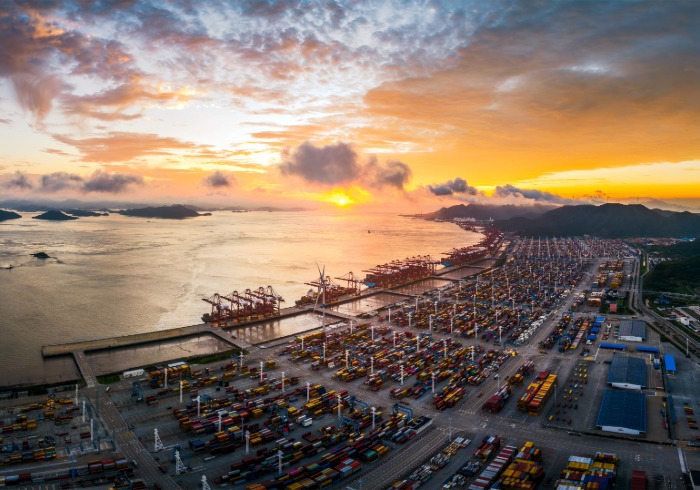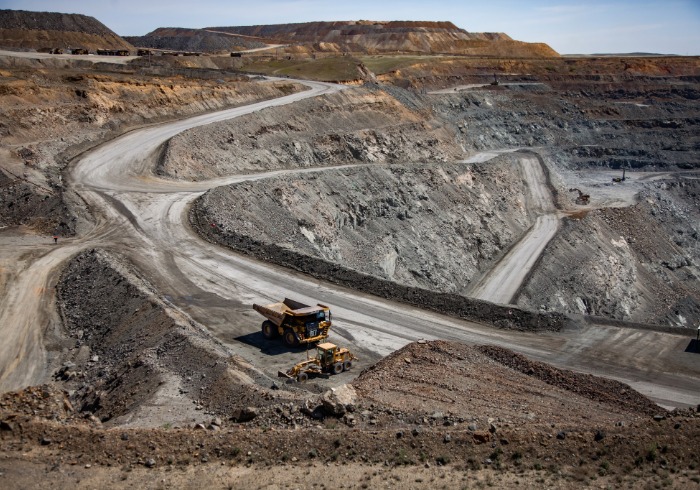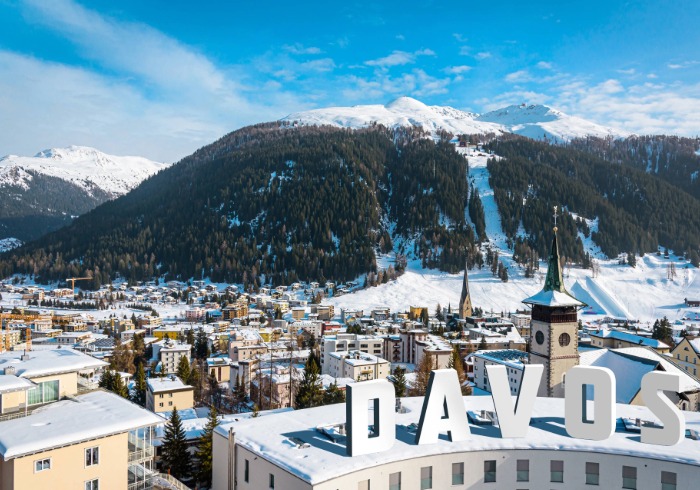As the Regional Comprehensive Economic Partnership (RCEP) machine whirrs into life and trade flows within the bloc increase, could its paucity of explicit ESG provisions lead to a lowering of sustainability ambitions for trade? Eleanor Wragg reports.
Just over a year has passed since RCEP, the world’s largest trade agreement, came into force. Covering a third of the world’s population and linking together least developed countries (LDCs) such as Laos, Cambodia and Myanmar to wealthier nations like Australia, China, South Korea and Japan, the deal promises to inject new impetus into regional integration and cement the position of ‘Factory Asia’ at the centre of the world’s supply chains.
The well-documented linkages between trade liberalisation and increased productivity, wages and employment could help some of RCEP’s poorest countries inch closer to achieving United Nations Sustainable Development Goals (SDGs) 1 – no poverty, and 8 – decent work and economic growth.
However, unlike most recent preferential trade pacts, RCEP does not contain provisions on topics such as the environment or labour rights, raising questions about the extent to which it balances economic interest with social and environmental protections.
A shot in the arm for Asian trade
Thrashed out over eight long years of painstaking negotiations between the 10 Asean member states, Australia, China, Japan, New Zealand, South Korea as well as India – which walked away from talks before they were finalised – RCEP streamlines the tangled web of bilateral trade agreements among its signatories into a bumper megadeal that spans 510 pages of agreement text and thousands upon thousands of pages of associated schedules.
“The signing of RCEP shines light and hope through dark clouds under the current international situation, showing that multilateralism and free trade are the right way forward, and remain the right direction for promoting the growth of the world economy and the progress of humanity,” said Chinese Premier Li Keqiang after the deal was signed. And since it took effect on January 1 last year, RCEP member governments have quickly backed up this triumphant assessment with surging intra-bloc trade data.
China’s ministry of commerce calculates that its trade with other signatories expanded 7.9% year on year in the first 11 months of 2022, while Thailand totted up a 10.1% year-on-year increase in the first nine months. For Cambodia, it was a similar story, with its commerce ministry reporting total exports to RCEP members of US$3.28bn in the first half of 2022, up 10% from the same period in 2021.
However, since each of its signatories already had bilateral trade agreements with one another, with the exception of the Japan-China and Japan-South Korea country pairs, it’s difficult to attribute all of this growth to RCEP.
“There are so many structural issues affecting trade flows in the Asia Pacific region,” says Rajiv Biswas, Asia Pacific chief economist at S&P Global Market Intelligence. “The pandemic created so much supply chain disruption, and there was a lot of catch up on backlogs in the past year. Indeed, the rebound in world trade last year was actually quite strong.
This year, we’ve seen that continue as factories come back to more normal activity.”
That said, the deal’s generous rules of origin provisions, wherein goods from one RCEP member used as materials in the production of a new product in another are considered as originating in the second member country, create incentives for companies to locate their supplier networks in the bloc, opening up new opportunities for its less-developed signatories to join global value chains.
“The biggest impact is in the direct investment by companies in services and manufacturing,” says Biswas. “That is a big advantage for Southeast Asia’s low-cost manufacturing hubs like Vietnam, Indonesia and the Philippines. Each country has its own advantages, so we will see competitive hubs evolving as they start to move up the value chain.”
Heading off a race to the bottom
Critics of globalisation have long argued that free trade spurs a so-called race to the bottom, where countries sacrifice environmental and labour standards in order to gain a competitive advantage. To address this risk, officials have sought in recent years to mainstream sustainability in trade policy, both in the form of multilateral talks, such as the World Trade Organization’s Trade and Environmental Sustainability Structured Discussions, as well as the inclusion of special clauses in regional and bilateral trade agreements.
The Comprehensive and Progressive Agreement for Trans-Pacific Partnership (CPTPP), which covers Australia, Brunei Darussalam, Canada, Chile, Japan, Malaysia, Mexico, Peru, New Zealand, Singapore, Vietnam and soon the UK, is a prime example of this trend. Of the 30 chapters of the CPTPP, three are dedicated to ESG objectives. Chapter 19, on labour, includes commitments to uphold the International Labour Organization’s Declaration on Fundamental Principles and Rights at Work, and covers aspects such as the elimination of all forms of forced or compulsory labour, the effective abolition of child labour, and the right to acceptable conditions of work with respect to wages, working hours and occupational health and safety. Chapter 20, on the environment, covers areas including the protection of the marine environment and the transition to a low-carbon economy. Chapter 23, on development, lays out the need to promote gender equality, reduce poverty and raise living standards.
Similarly, the European Union’s free trade agreements have included trade and sustainable development chapters for over a decade. These include provisions on labour rights, environmental protection and sustainable development, as well as mechanisms for dialogue and co-operation between the parties.
But within RCEP’s reams of text there are only two short lines, nestled in the preamble, that refer to the need to promote sustainable development. Although the word “environment” appears 26 times, 20 of these instances relate to the digital or investment environment as opposed to the living world. The words “gender” and “labour” are nowhere to be found.
Sounding the alarm on these omissions, a 2020 analysis of the deal by the Australian Institute of International Affairs called out “mounting evidence of labour rights and human rights abuses” in RCEP member states such as China and Myanmar, adding that “in the context of post-pandemic recessions, without such standards the RCEP could increase competitive pressures”.
Theory versus practice
Yann Duval, chief of the trade policy and facilitation section at the United Nations Economic and Social Commission for Asia and the Pacific (UNESCAP) and co-author of a recent paper on mainstreaming sustainable development in regional trade agreements, has a different take.
“Adding sustainable provisions into regional trade agreements may not always have an impact on making trade more sustainable,” he tells GTR. “There is often a gap between the policy and the actual implementation, and it’s often governed via a separate dispute resolution mechanism, which is in some cases even more flexible than the one that applies to the rest of the agreement.”
Duval also challenges the notion that the activities of Asia’s supply chains cause a disproportionate level of environmental or social harm.
“For example, Asean is demonstrating greater interest in the topic, as evidenced by the renegotiation and upgrading of its trade agreement with Australia and New Zealand to include new provisions on sustainable development,” he says.
This is also borne out by a recent HSBC survey of 450 corporates across Asia Pacific, which found that respondents in the region consider their markets to have a higher commitment to sustainability principles than those based in the rest of the world.
Given the region’s dominant role in global trade, its exporters are also under increasing pressure to comply with international ESG requirements – regardless of what may or may not be outlined in the RCEP text.
“A lot of production in Southeast Asia is coming from multinationals who are heavily involved in international trade. Products that are going to the US or EU need to meet certain requirements, and that automatically puts pressure on producers within RCEP to lift their own standards,” says S&P Global Market Intelligence’s Biswas. “They’re facing up to the reality that if you want to export, you have to be compliant with international standards, particularly when it comes to obtaining finance.”
Sriram Muthukrishnan, group head of product management at Singapore-headquartered DBS Bank, says that he is already seeing increased demand for trade finance for “green” activities within the RCEP bloc. “As companies start to reshape their supply chains through nearshoring, regionalisation and sourcing diversification, many are greening operations to reduce business costs, consume fewer resources and implement circular economy solutions. Anchor companies are leading this charge and we are seeing a cascade effect across their respective supply chain networks. This has led to growing interest in sustainable trade financing,” he tells GTR.
Bringing everyone to the table
In recent decades, the Asia Pacific region has seen significant economic progress which has helped to lift millions of people out of poverty. Rather than an out-and-out affront to the global trade and sustainability agenda, for some, RCEP’s lack of explicit ESG commitments could instead be seen as a pragmatic approach to ensuring more countries can benefit from this trade-led growth.
“What RCEP does is it gives us trade in Asia, for Asia, and in my view that makes it very significant,” Deborah Elms, executive director at the Asian Trade Centre tells GTR. “However, it also makes it a different kind of template than you might get if you had other trading partners. One of the differences is the varying level of enthusiasm for the trade and sustainable development agenda. Essentially, if you have people who can’t afford to eat, the environment and labour rights are further down on the list of priorities. The aim was to get an agenda that all the countries could agree on, otherwise you don’t have an agreement.”
“RCEP has been criticised as a low ambition agreement, but it’s not a missed opportunity,” says UNESCAP’s Duval, pointing to its provisions to support its LDCs.
“Many regional trade agreements exclude the less developed countries, which means they are not part of the discussion. RCEP may have its issues, but it creates a trade-specific platform for co-operation on sustainable development in a developing country context.”
With an open accession architecture that permits new members to join 18 months after its entry into force, as well as planned gradual upgrades through five-yearly general reviews, RCEP will be an evolving agreement.
This evolution could well include the future integration of stronger sustainability commitments, although this remains to be seen – and only time will tell if the benefits of boosted Asia Pacific trade will come at the expense of the needs of people and the planet.







